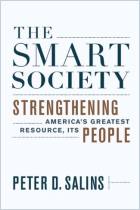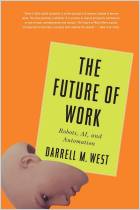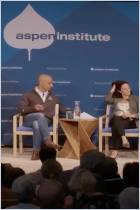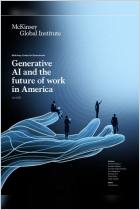This collection of seven academic-style papers – sponsored by the Aspen Institute and its chairs, former US Treasury secretaries Henry M. Paulson, Jr. and Timothy F. Geithner – touches on the major economic issues currently facing the United States. The papers are more reader-friendly and less pedantic than such texts tend to be, and so they are well-suited to students and nonfinancial professionals. The essays focus on productivity, innovation and the cumulative economic outcomes that incremental changes in population are having on the capabilities and resources of the American economy.
US rates of innovation and productivity are below where they need to be, and more competition – including from abroad – would help.
American prosperity is the result of improving productivity, which relies on innovations that can create more and better products and services with fewer inputs and less labor. But the United States has experienced weak productivity growth in recent decades, except for a positive blip in the late 1990s and early 2000s. Competition is good for innovation and productivity, but studies show that the mark-ups above production costs charged by dominant firms – a proxy for market power and concentration – have increased since 1980. Profits as a share of GDP have also gone up, while the investment-to-output ratio has dropped. Business entry rates and the economic share of young firms, which tend to create more jobs and innovate more, have both declined.
The number and types of patents issued can be a useful metric for understanding the progress of innovation in an economy, so studying patent applications is revealing. Patents labeled as “defensive,” “strategic” or “exploitative” apply to companies...


















Comment on this summary or Démarrer une discussion